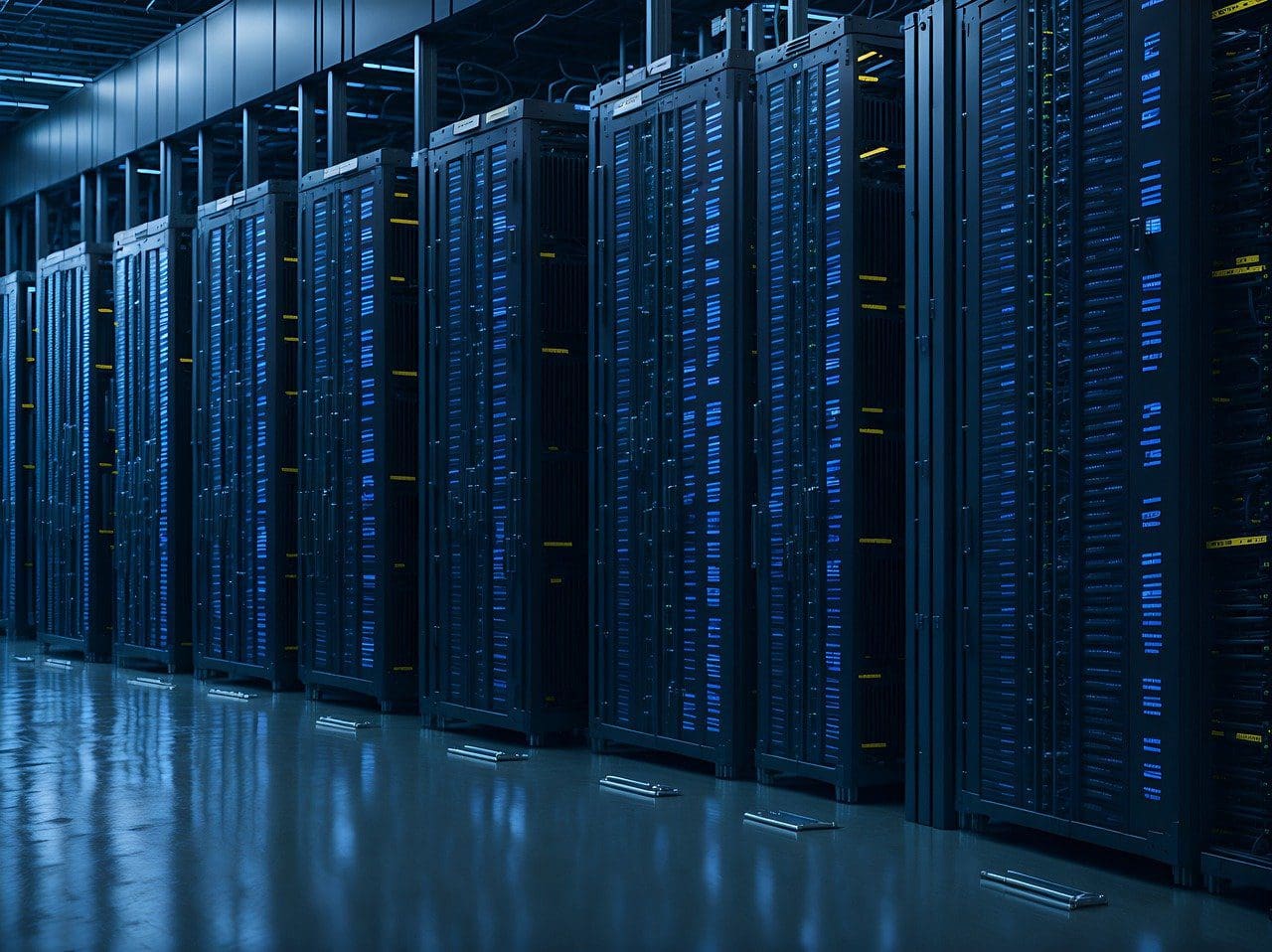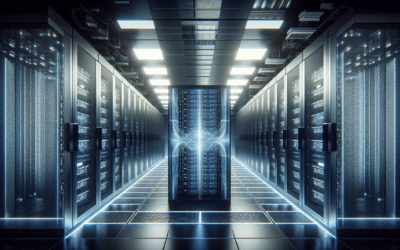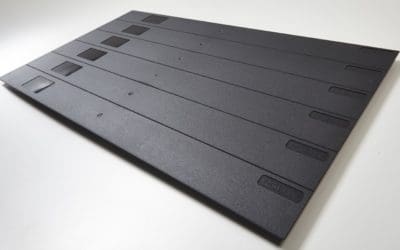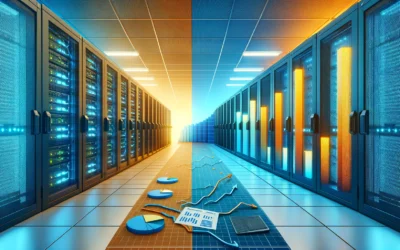Is It Dangerous to Live Near a Data Center?

Is It Dangerous to Live Near a Data Center?
The rapid growth of technology and the digital age has led to an increase in the number of data centers around the world. These facilities are essential for storing, processing, and managing vast amounts of data that power our modern lives. But a question that often arises is, “Is it dangerous to live near a data center?”
What is a Data Center?
A data center is a facility used to house computer systems and related components, such as telecommunications and storage systems. These centers serve as the backbone of the digital age, housing thousands of servers and networking equipment that process a colossal amount of data globally. As society’s reliance on digital technologies such as social media, cloud computing, and online banking grows, so does the number of data centers worldwide, with over 7.2 million currently in operation.
Potential Concerns
Noise
These centers can generate noise from cooling systems and backup generators. However, modern data centers are designed with soundproofing measures, and local noise regulations usually ensure that this doesn’t become a nuisance to nearby residents.
Electromagnetic Fields (EMFs)
Data centers produce EMFs, but the levels are typically within safety guidelines. Research has not shown significant health risks associated with the EMFs produced by data centers.
Chemicals
Some centers may use chemicals for cooling or fire suppression. These are contained and managed according to strict regulations, minimizing any risk to the surrounding community.
Heat
These centers produce a lot of heat, but this is managed with cooling systems. It should not affect nearby residences or the local environment.
Environmental Concerns
The energy consumption of the centers and their potential environmental impact may be a concern for some. Many companies are actively working to make their data centers more energy-efficient and environmentally friendly.
Debunking the Myths: Data Centers and Radiation
A common misconception is that living near a data center is hazardous due to the emission of electromagnetic radiation. However, most centers do not emit more radiation than a typical building.
Data centers receive and transfer data via fiber-optic cables, then transfer the data within the facility via Ethernet, and store it on internal hard drives and servers. The primary emission from these centers is heat, which is a by-product of servers processing vast quantities of data.
Impact of Data Centers on the Environment
While these centers are instrumental in the functioning of businesses and the global economy, they also have a profound environmental impact. The power required to run millions of servers and cooling systems results in a significant demand for electricity.
Approximately 62% of the world’s electricity comes from burning fossil fuels, primarily coal and natural gas. This electricity production is the second-largest contributor to greenhouse gas emissions, according to the U.S. Environmental Protection Agency (EPA).
Remarkably, as much as half of the electricity consumed in data centers goes into outdated air-cooling systems rather than powering the servers. Transitioning from these systems to liquid cooling solutions can considerably reduce waste and the consequent environmental damage.
Benefits of Living Near a Data Center
Interestingly, there may be benefits to living near a data center. The security measures taken by these centers can increase safety in the neighborhood. Additionally, data centers often bring jobs and economic growth to the area.
Summary
Living near a data center is generally not considered dangerous. While there may be some minor inconveniences or subjective concerns, there are no significant dangers or health risks associated with proximity to these facilities. Proper regulations, planning, and modern technology ensure that the centers coexist with residential areas without causing harm. If specific concerns arise, consulting with local authorities or data center management can provide reassurance and detailed information about the particular situation in your area.
More On Data Centres
Elevate Data Center Performance with Blanking Panels
Enhancing the performance of data centres often hinges on small yet impactful innovations, such as the strategic use of blanking panels. These panels are designed to cover unused spaces in server racks, preventing hot air from recirculating and ensuring that cooling systems work at peak efficiency. By improving airflow management, blanking panels help maintain optimal operating conditions for servers, reducing the risk of overheating and boosting overall system performance. For data centres striving to maximise efficiency and reliability, blanking panels offer a straightforward and effective solution.
What are blanking panels and how do they work?
Blanking panels are a critical yet often underappreciated component in the design of efficient data centres. These panels are used to cover empty spaces within server racks, preventing the unwanted mixing of hot and cold air. By directing the airflow more effectively, blanking panels ensure that cooling systems operate more efficiently, reducing the energy required to maintain optimal temperatures. This not only enhances the performance and longevity of the equipment but also contributes to significant energy savings, making blanking panels a simple but powerful tool in data centre management.
The Power of Eziblank Blanking Panels for Data Center Retrofits
When it comes to retrofitting data centres, EziBlank® blanking panels offer a straightforward yet highly effective solution to enhance cooling efficiency and reduce energy consumption. These panels are specifically designed to seal unused rack spaces, preventing hot air from recirculating into the cold aisle and ensuring that cooling efforts are focused where they are needed most. By optimising airflow management, EziBlank® panels not only improve the overall performance of the data centre but also extend the life of critical equipment. For data centres looking to upgrade without extensive overhauls, EziBlank® blanking panels provide a cost-effective and impactful option.



